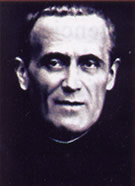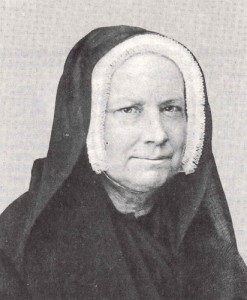Sylvester I Pope

Born in Rome toward the end of the third century, Pope Sylvester was the leader of the Catholic Church at a great turning point in the Church’s history. For the first time in nearly 300 years, Christians were freed from the threat of persecution. The powerful emperor, Constantine, had given Christians the right to practice their faith openly. Constantine even made Sunday a weekly holiday.
Constantine’s interest in Church matters could have created problems if Pope Sylvester had not been such a wise leader. Constantine often stepped in to settle Church disputes and he encouraged bishops to come to him with problems. The pope could have accused Constantine of interfering in the Church, but he did not do that. Instead, Sylvester encouraged an attitude of cooperation and peace between the Church and the state for the first time in history.
Constantine even called the bishops together for the first ecumenical council, called the Council of Nicea. The purpose of the meeting was to debate the teachings of Arius and his followers who were dividing the Church. Arius taught that Christ was not equal to God. The council, which was not even attended by Pope Sylvester because of his advanced age, determined that Arius’ teachings were false. Through their discussions at the meeting, the bishops made clear what the Church believes about Jesus. The writing of the Nicene Creed, which we pray at Mass every week, began at this ecumenical council.
Constantine’s generosity was also a great service to the Church. He donated property and buildings for Church use and he supported Church charities, especially for orphans, widows, and people in debt. Through all of Constantine’s efforts to assist the Church, Pope Sylvester I was able to maintain the Church’s independence without arguing with Constantine. The pope was both firm and considerate. During his reign as pope, Sylvester continued to do the Lord’s work quietly. Tradition tells us that in one month alone, he ordained 42 priests, 25 deacons, and 65 bishops. These ordinations, performed in a new spirit of freedom, made it possible for the Church’s mission to grow in the world. While he was pope, St. Peter’s Basilica in Rome, part of today’s Vatican City, was constructed. He was pope for nearly 25 years and died in 335. The example of St. Sylvester I teaches us the importance of cooperation and unselfishness. Jesus calls us to work for the good of all, as Pope Sylvester did.




Comments are closed.